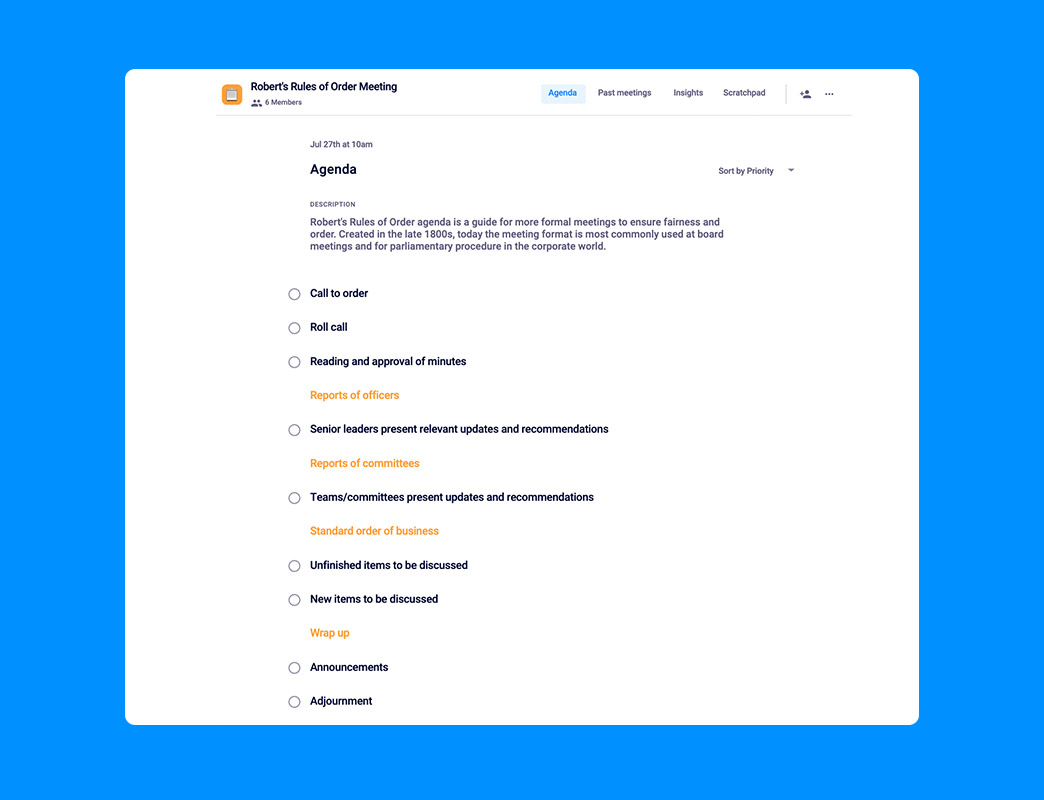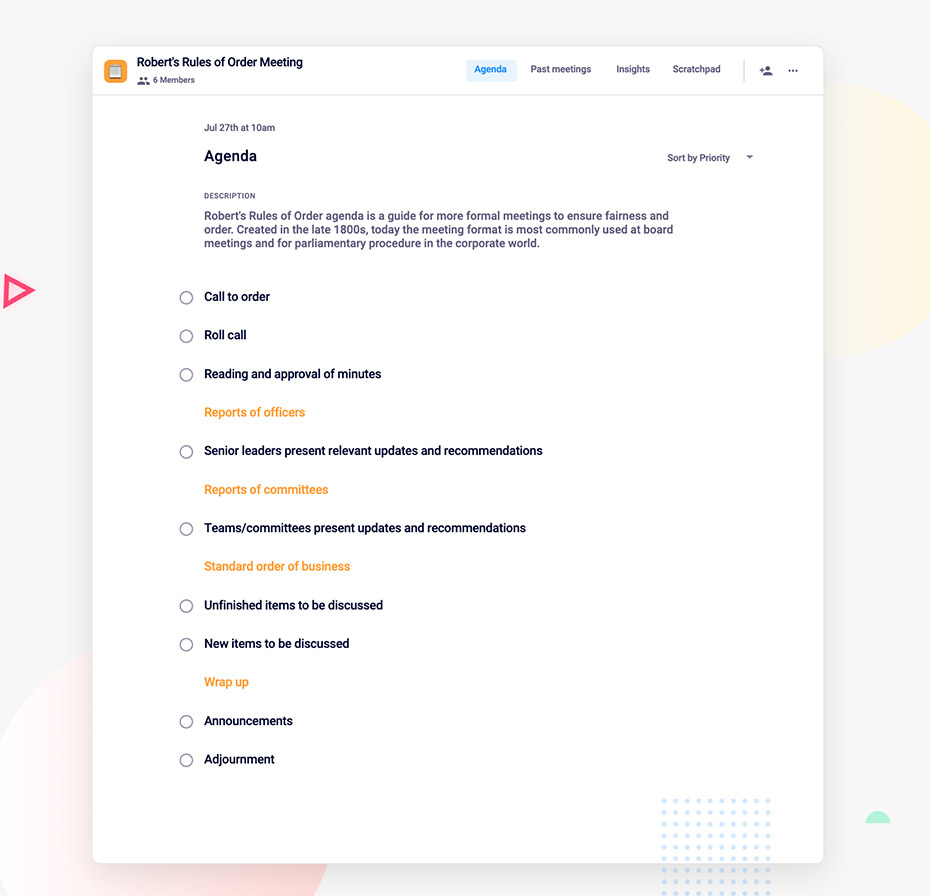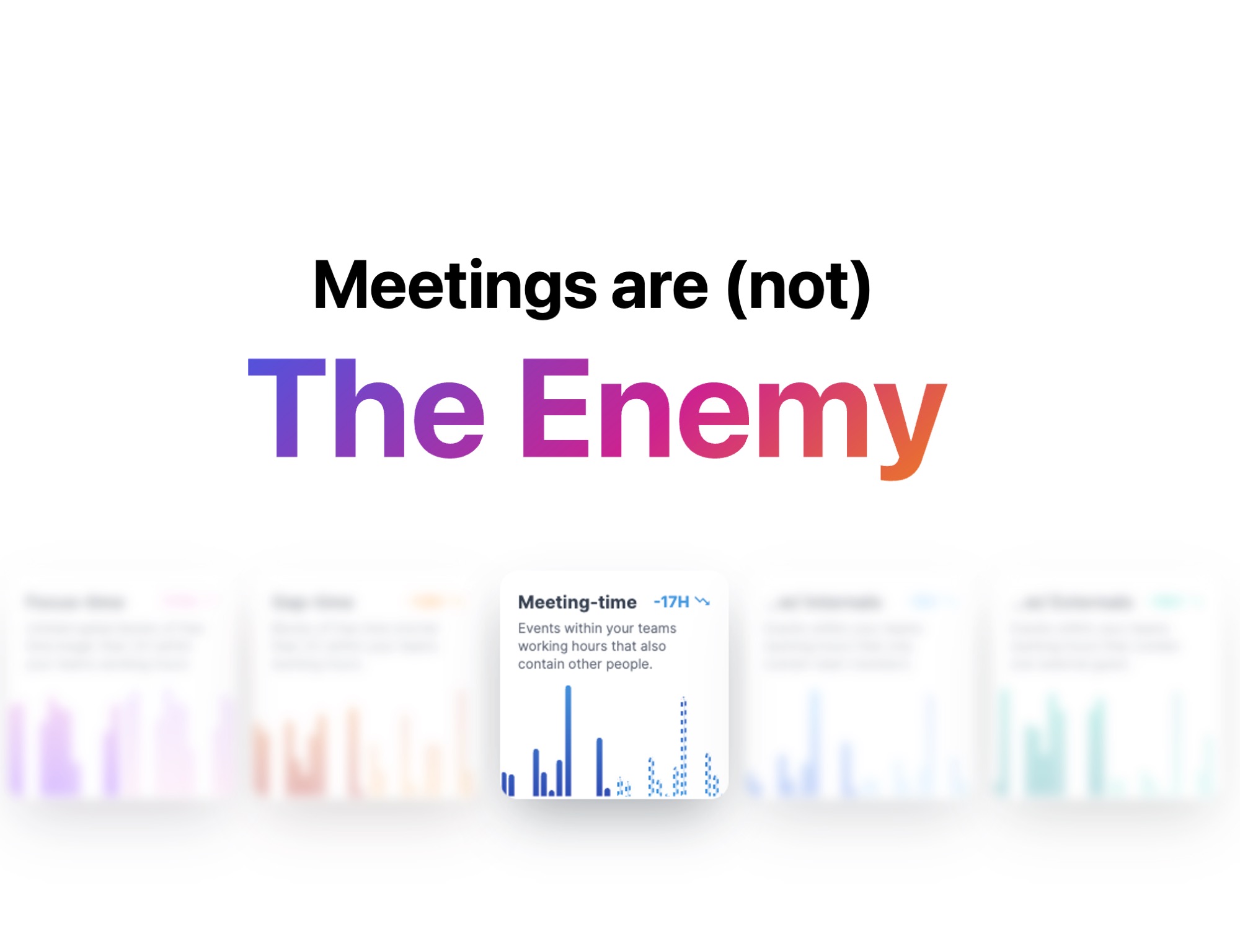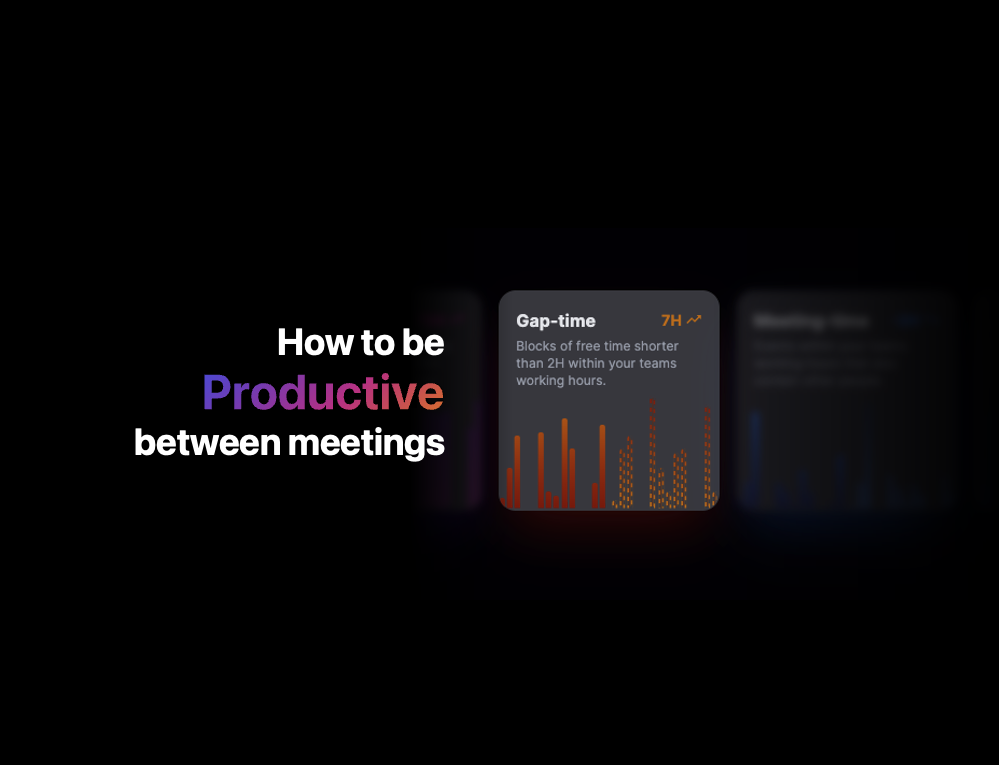How to use Robert’s Rules of Order agenda for your next meeting
12 min readAre you looking for a meeting agenda that will provide structure and fairness to your more formal meetings? Look no further than Robert’s Rules of Order.

Meetings can get out of hand quickly. With problems to be solved, decisions to be made and many opinions in the room, how do you keep order while also making sure everyone’s heard?
This isn’t a new problem. Back in the late 1800s, Henry Martyn Robert (You guessed it, the Robert of Robert’s Rules), was asked to lead a public meeting. The meeting went so badly that he decided he wouldn’t lead another one until he knew more about the proper procedure for running meetings (otherwise known as parliamentary procedure).
Loosely based on the parliamentary procedures of the US government at the time, Robert put together a manual for how to lead organized and fair meetings — which we now call Robert’s Rules of Order.
The structure tackles an issue that’s still very relevant today: fairness.
Research studying organizational behavior shows the negative implications of a lack of fairness in the workplace: less productivity and unengaged employees.
Think about it for a second: As a manager, how are you currently ensuring your meetings run in a fair and orderly fashion? And what’s more, how do you eliminate the subjectivity of fairness?
If you’re wondering, ‘what’s a tangible way to make meetings fair?’, you’re in the right place.
In this article, we’ll look at:
- The rules of Robert’s Rules of Order
- The order of the agenda according to Robert’s Rules
- Robert’s Rules of Order terminology cheat sheet
- How to implement Robert’s Rules of Order in your next meeting
- Robert’s Rules of Order meeting agenda template
Let’s dive in.
What are the rules of Robert’s Rules of Order?
As the name suggests, Robert’s Rules of Order is an extensive set of rules that can be applied to your meetings.
While the manual outlines countless procedures to follow, there are several basic, high-level rules that should be followed in every meeting — whether or not you’re following the rules in detail.
Rule 1. Only one person may speak at any given time
We all know meetings can get a bit chaotic. It’s not necessarily a bad problem to have either! When your team’s engaged, they’ll all want to chime in, but it could result in everyone speaking over one another. That’s where this rule comes in. Only one person speaks at a time to avoid interruptions.
This means when a new topic or idea is brought forward, there’s an order in which everyone speaks and contributes their thoughts. The only catch is that the individual who brought the idea to the table will speak first, to introduce the idea, and last, to wrap things up before moving on to the next topic.
Here’s what this looks like in practice:
- A manager proposes a new customer engagement initiative to the team.
- All meeting participants that want to contribute their thoughts raise their hands (in a virtual meeting, try using the “raise hand” feature that platforms like Google Meet and Zoom offer).
- Meeting participants share their contributions to this initiative one by one clockwise around the table (or the video screen).
- The manager concludes the discussion by summarizing all contributions and opinions (both supporting and opposing).
- The facilitator of the meeting moves forward to the next agenda item.
Rule 2. All members have equal rights
All meeting participants who want to speak should always be given the opportunity to do so. For meeting facilitators, this means ensuring everyone has an equal opportunity to contribute their input before moving onto the next agenda item.
Pro tip: Using a collaborative agenda like Hypercontext will allow all attendees to add in their discussion items in advance so it’s clear who has something to contribute. This also takes into account the quieter voices in the room who may not feel as comfortable speaking up during the meeting.
Rule 3. Each item presented for consideration is entitled to full and free debate
We’ve all been there: You’re in a meeting but can’t make it through all the agenda items because one person’s cannibalizing the entire conversation. 🙄
To ensure all agenda items are covered in the allotted meeting time, each participant should only speak once to start.
This way, everyone has an equal chance to speak and all the agenda items are covered. If there’s enough time, the meeting facilitator can open the floor for discussion towards the end of the meeting.
Rule 4. Only one subject may be before a group at one time
To avoid straying off-topic, only one agenda item should be discussed at any given time. In Robert’s Rules of Order, each item on the agenda, or order of business, is proposed as a motion (what’s a motion? see the cheat sheet below) and the motion needs to be seconded to be added to the meeting agenda. If at least one other person agrees with the motion, the item can be presented to meeting participants for discussion.
Rule 5. The rights of the minority must be protected, but the will of the majority must prevail
While decisions are ultimately going to be made based on what the majority of attendees agree on, everyone has the right to share their ideas for consideration.
This rule is intended to foster an environment of respect and psychological safety, where everyone feels comfortable voicing their ideas, even when their contributions may oppose what most people in the room think.
Rule 6. “Negative” motions are generally not permitted
When attendees are voting on what to add to the meeting agenda, they’re voting yes or no. So if the motion is phrased as a negative, it becomes very confusing.
For example, what if a member states “I move we do not rebrand.” A yes or no in this situation is unclear. Yes, we do rebrand or yes we don’t rebrand?
Instead, motions should only be stated in the positive. If someone did think it was a good idea to rebrand, they’d say “I move we rebrand” — and it would be voted on.
What’s the order of the agenda according to Robert’s Rules?
Our love for meeting agendas runs deep, and for good reason. If you’ve ever been to a meeting without a predetermined agenda, you know that it doesn’t work. Discussions are unintentional, disorganized, and may lack an actual outcome.
Robert’s Rules of Order agenda can help you facilitate meetings in a specific and orderly fashion.
Here’s the exact format of Robert’s Rules of Order agenda. 👇
Call to order
And, action! 🎬 Simply put, this is when a meeting facilitator begins the meeting.
Roll call
Do you know someone who’s chronically late to meetings? Roll call makes sure that everyone who was invited to the meeting is in attendance. After all, without the right people in the room, it’s hard to get what you need to done.
Usually, this responsibility falls on the notetaker of the meeting.
Reading and approval of minutes
Next, review the meeting notes from last time. Everyone in attendance should receive the notes at least 24 hours in advance (or, better yet, right after the last meeting) so that they’ve had time to review them already.
This is the time to make any additions, corrections or changes. Essentially you’re setting the record straight.
Reports of officers
After reviewing the previous orders of business, senior leaders will present relevant updates and recommendations. The recommendations are then moved into motions.
A motion needs at least one other person to agree with it for it to become an order of business to be discussed later in the meeting. Other meeting participants can choose to show their support for the shared recommendations or not. But, if the recommendations have zero support, they won’t be made actionable.
Reports of committees
Similar to the previous section, relevant updates and recommendations are shared. The difference is that these recommendations are shared on behalf of a team, group or specific committee representing more than one participant. Since the recommendations presented in this section already have the support of team members, they don’t need to be voted on. Motions here can be actioned on immediately, if appropriate.
Standard order of business: Unfinished & new
Now it’s time for the meat of the meeting: new and unfinished business initiatives. Otherwise known as the agenda items.
Each order of business is brought up with the intention to be completed. It’s important that each item of business is recorded by the designated notetaker, including:
- The topic
- A short description
- The employee responsible
- Time spent on the item
To all the designated note-takers out there: The easiest way to take meeting notes is to use your agenda as a guide and add in your summary and action items below each agenda item.

Like we covered in the basic rules, it’s important that everyone who wants to speak has the opportunity to do so.
Announcements
Nearing the end of the meeting, the meeting facilitator can open the floor to any participant for announcements or updates that weren’t covered.
This is the chance to add any other relevant information.
Adjournment
Finally, you’ve reached the end of the meeting. Now it’s time to wrap things up with action items that should be completed before the next meeting.
Pro tip: Make sure action items are assigned to a specific person, with a specific due date. Hypercontext allows you to assign reminders within your agenda so that everyone is clear on their next steps.

Robert’s rule of order terminology cheat sheet
Because Robert’s Rules of order was developed over a century ago, the terminology is understandably dated and a little challenging to understand.
In reality, a lot of the rules in the manual are best practices we already follow today — we just have new, less formal words for them.
That’s why we’ve taken it upon ourselves to break down commonly used terms to help you make sense of what it all means.
Motions
Motions represent any idea or initiative presented for discussion and consideration during a meeting. For motions to be made into agenda items, there needs to be at least one other participant that supports it.
There are actually 4 different types of motions in Robert’s Rules of Order:
- Main motions– The most important ideas or initiatives to be brought forward for discussion during any given meeting. This type of motion is brought before the voting participants or committee for review and proposed actionables.
- Subsidiary motions- These motions change or affect how a main motion is handled and get voted on before the main motion.
- Privileged motions- Urgent items that aren’t necessarily related to the business at hand.
- Incidental motions- Incidental motions are for questioning the procedure around other motions and should also be voted on before the main motion.
Order of business
Order of business refers to the agenda items and the order in which they’re prioritized during the meeting.
All meeting participants can and should have an active hand in contributing relevant agenda items to the meeting.
Quorum
Quorum is the minimum number of active participants needed to make a decision in each meeting.
This number will vary depending on the meeting. For example, in some instances, this could require a minimum of half a committee or team to be present so they can vote on a motion and finalize a decision. This is an important one because Robert’s Rules of Order relies heavily on the majority rule.
Voting
This term you’re familiar with. In the context of Robert’s Rules, voting is the act of supporting or disagreeing with motions. Because the Rules of Order are based on a framework supporting equality, all meeting participants are given equal rights to vote for or against any motion presented.
How do I implement Robert’s Rule of Order in my next meeting?
First and foremost, ensure that Robert’s Rule of Order is the right fit for your team. Robert’s Rule of Order agenda template is best implemented when…
🧐 Complex decisions have to be made;
📈 There are many agenda items to cover;
🗣 And where there are a large number of active participants.
So to determine the right fit, you want to first consider the types of meetings that are regularly held in your organization. For instance, more casual meetings like daily scrum meetings or one-on-ones won’t be as well suited for the structure as town halls and board meetings may be.
What types of meetings benefit from Robert’s Rules of Order?
Here are some of the meetings we believe benefit from Robert’s Rules of Order, whether virtual meetings or in-person:
- Weekly team meetings
- Ad Hoc meetings or “special meetings” when something requires urgent attention
- Board meetings
- Staff meetings
- Leadership team meetings
As you can see, all of these meetings have a tendency to involve many participants, cover various agenda items and require complex decisions to be made.
Robert’s Rules of Order won’t work for every meeting in your calendar. But, when used in the right situation, it can help ensure everyone has the opportunity to share their ideas and that your meetings stay productive and on track.
A good way to start? Try the Robert’s Order of Rules agenda template with one type of meeting and see if it’s the right fit. If not we’ve got a lot of meeting agenda examples you can choose from — check out our whole library of over 60 free agenda templates. 😉
Robert’s Rules of Order meeting agenda template
Want to give Robert’s Rules of Order a try? Check out our meeting agenda template to get started 👇



